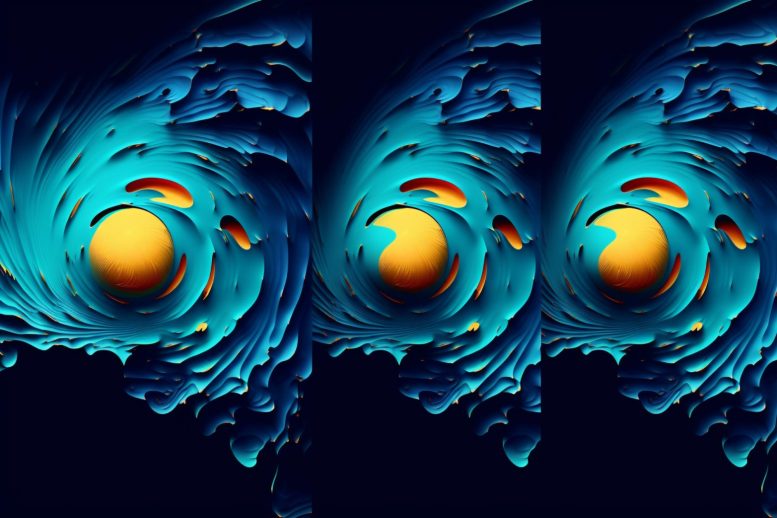
Researchers have discovered that NASA’s Juno spacecraft frequently encounters massive swirling waves, or Kelvin-Helmholtz instabilities, at the border between the solar wind and Jupiter’s magnetosphere. These waves are a crucial mechanism for transferring energy and mass from the solar wind, a flow of charged particles from the Sun, into planetary spaces.
Waves produced by Kelvin-Helmholtz instabilities transfer energy in the solar system.
A team led by Southwest Research Institute (SwRI) and The University of Texas at San Antonio (UTSA) has found that NASA’s Juno spacecraft orbiting Jupiter frequently encounters giant swirling waves at the boundary between the solar wind and Jupiter’s magnetosphere. The waves are an important process for transferring energy and mass from the solar wind, a stream of charged particles emitted by the Sun, to planetary space environments.
These phenomena occur when a large difference in velocity forms across the boundary between two regions in space, noted Jake Montgomery, a doctoral student in the joint space physics program between UTSA and SwRI. This can create a swirling wave, or vortex, at the interface that separates a planet’s magnetic field and the solar wind, known as the magnetopause. These Kelvin-Helmholtz waves are not visible to the naked eye but can be detected through instrument observations of plasma and magnetic fields in space. Plasma — a fundamental state of matter made up of charged particles, ions, and electrons — is ubiquitous across the universe.
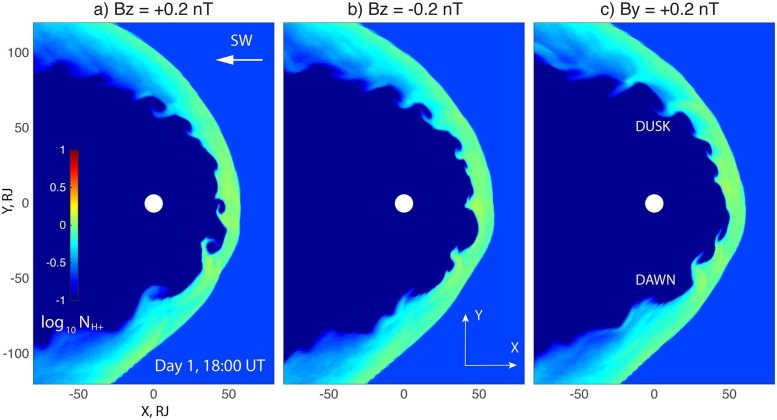
An SwRI-led team identified intermittent evidence of Kelvin-Helmholtz instabilities, giant swirling waves, at the boundary between Jupiter’s magnetosphere and the solar wind that fills interplanetary space, modeled here by University Corporation for Atmospheric Research scientists in a 2017 GRL paper. Credit: UCAR/Zhang, et.al.
“Kelvin-Helmholtz instabilities are a fundamental physical process that occurs when solar and stellar winds interact with planetary magnetic fields across our solar system and throughout the universe,” Montgomery said. “Juno observed these waves during many of its orbits, providing conclusive evidence that Kelvin-Helmholtz instabilities play an active role in the interaction between the solar wind and Jupiter.”
Montgomery is the lead author of a study published on July 14 in the journal Geophysical Research Letters that uses data from multiple Juno instruments, including its magnetometer and the SwRI-built Jovian Auroral Distributions Experiment (JADE).
“Juno’s extensive time near Jupiter’s magnetopause has enabled detailed observations of phenomena such as Kelvin-Helmholtz instabilities in this region,” said Dr. Robert Ebert, a staff scientist at SwRI who also serves as an adjoint professor at UTSA. “This solar wind interaction is important as it can transport plasma and energy across the magnetopause, into Jupiter’s magnetosphere, driving activity within that system.”
Published in the journal Geophysical Research Letters, the paper is titled “Investigating the Occurrence of Kelvin-Helmholtz Instabilities at Jupiter’s Dawn Magnetopause.”
Reference: “Investigating the Occurrence of Kelvin-Helmholtz Instabilities at Jupiter’s Dawn Magnetopause” by J. Montgomery, R. W. Ebert, F. Allegrini, F. Bagenal, S. J. Bolton, G. A. DiBraccio, S. A. Fuselier, R. J. Wilson and Adam Masters, 14 July 2023, Geophysical Research Letters.
DOI: 10.1029/2023GL102921

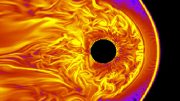
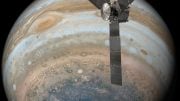
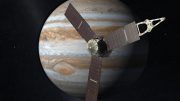
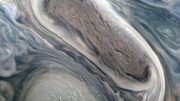
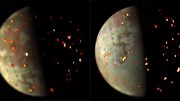
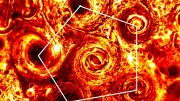
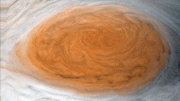
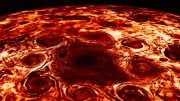
Be the first to comment on "NASA’s Juno Spacecraft Encounters Giant Swirling Waves at the Edge of Jupiter’s Magnetosphere"